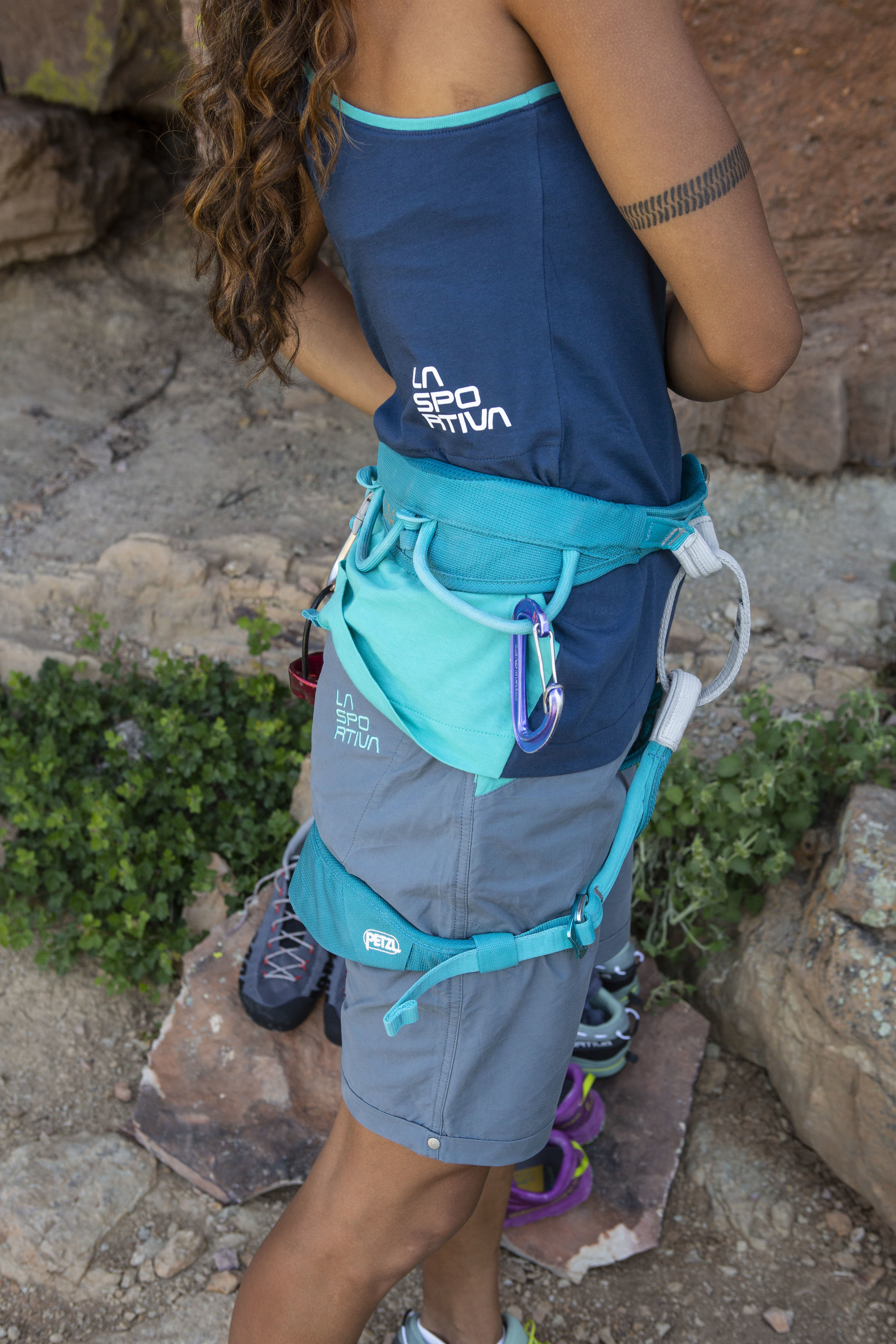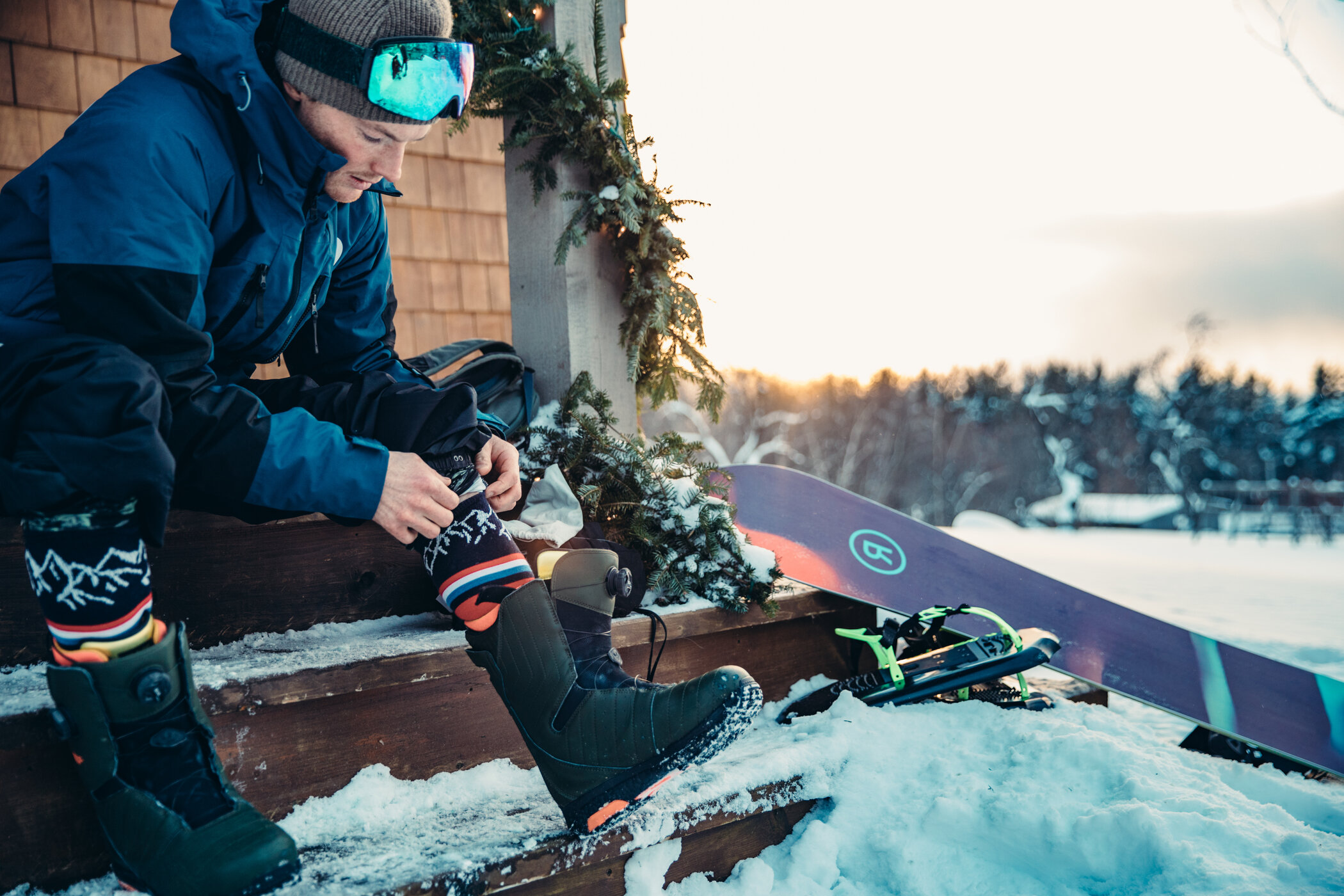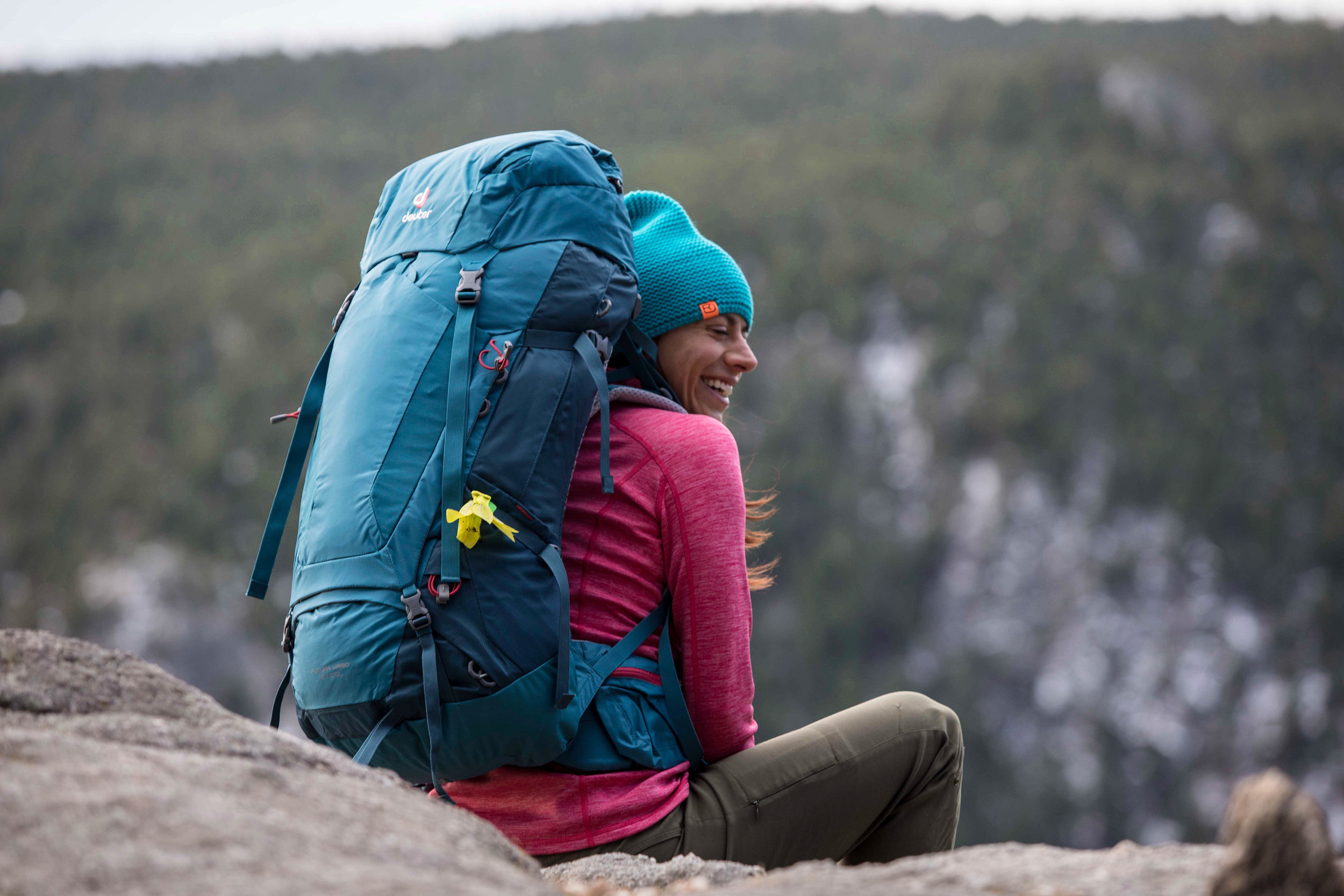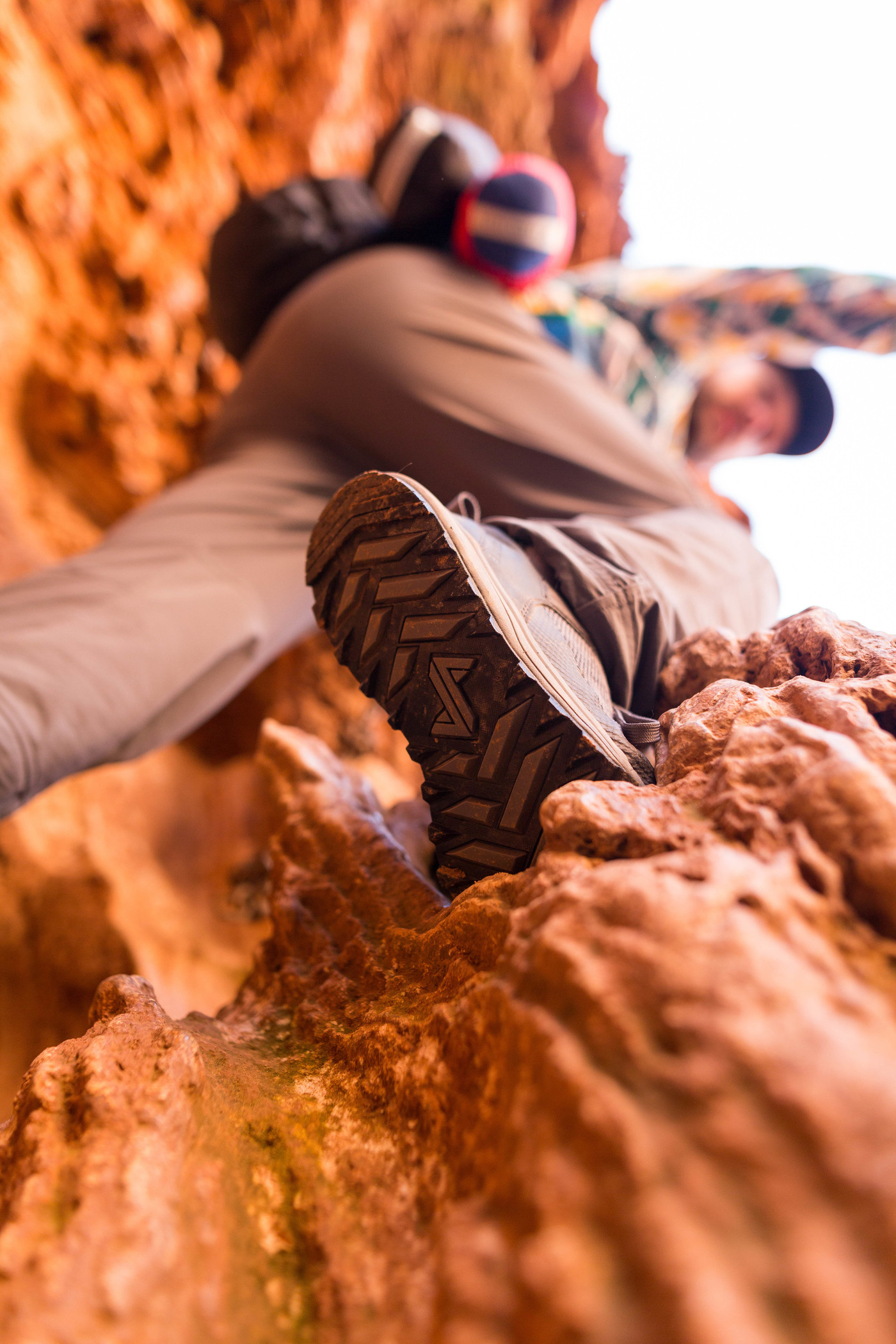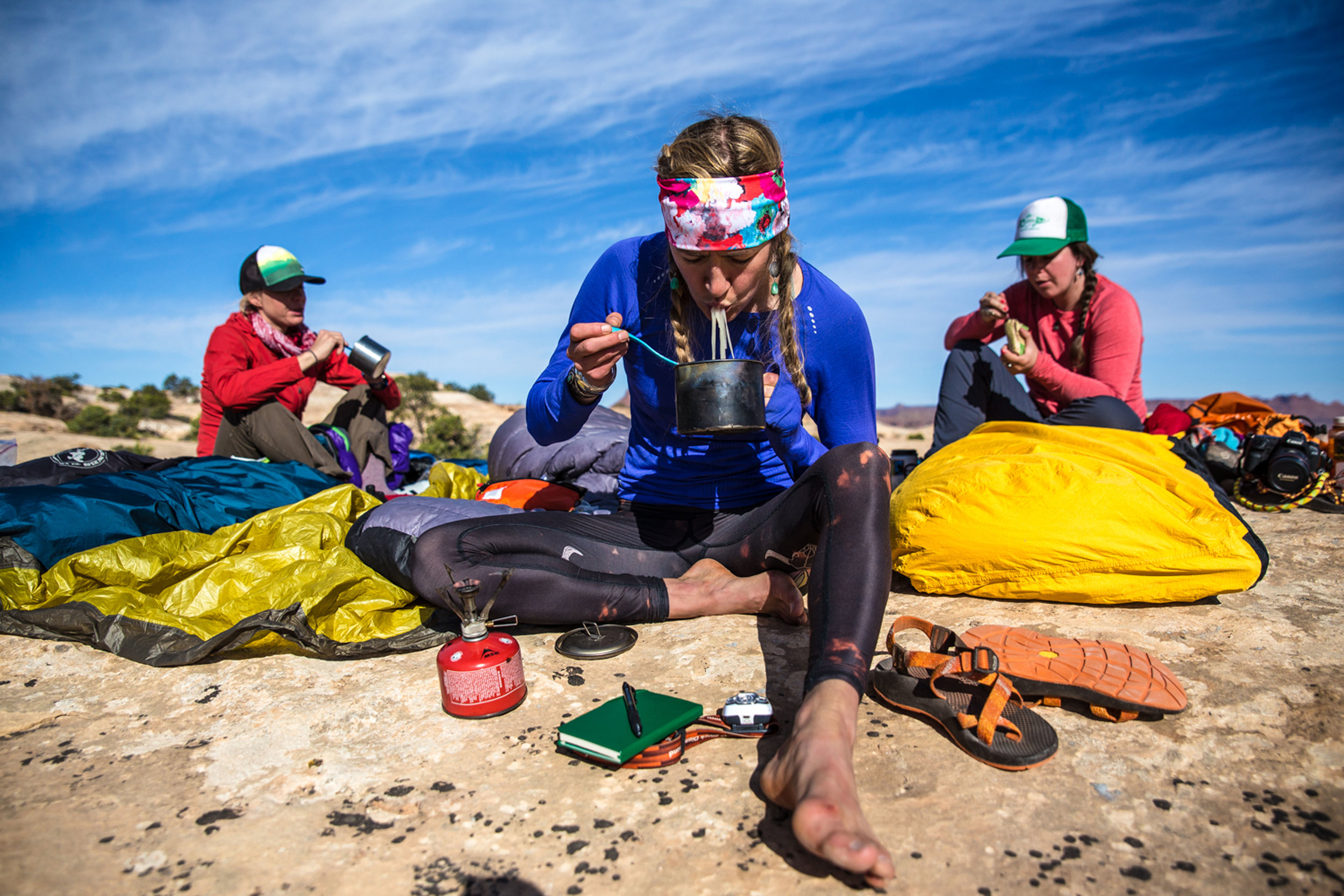The Perfect Combo Gear Review: La Sportiva Spantik mountaineering boot and Mountaineering Over-The-Calf Extra Cushion Darn Tough socks
/Our La Sportiva boots being blessed in a Puja (ceremony) for the Mountain Gods before starting to climb.
Before leaving to climb in the Himalayas my biggest concern was how to keep warm. I get cold easily and particularly my feet tend to suffer. My toes turn into ice cubes and no amount of wiggling them around will get them back to life. I don’t only get cold feet, but I also have rather tiny feet. Which meant my options for high altitude boots were limited. In fact, there was exactly one shoe that came in my size, the La Sportiva Spantik. I first tested them out on Mt Rainier, they did well on the snow and my feet stayed toasty warm. However, they were clunky and uncomfortable on the trail, rubbing and creating hotspots. I wasn’t overly surprised as they are not really built for hiking trails. On some climbs, however, there really isn’t much option but use the boots on mixed terrain. So, I decided to try them out in combination with a pair of Mountaineering Over-The-Calf Extra Cushion Darn Tough socks. I tested this combination on a couple of alpine ice climbs. While the Spantik’s were still not particularly comfortable on the trail, the Darn Though socks helped mitigate the problem of hot spots, and the socks helped keep my feet and calves warm. On the actual ice the boots performed marvelously, so I felt comfortable packing the boots for my climbing trip to the Himalayas.
Phurba Sherpa on descending Imja Tse. (Photo credit: Ida Vincent)
In the Nepalese Himalayas I climbed Imja Tse, which at 20,305 feet is a little taller than Denali. To avoid having to hike in my Spantik’s I opted to do the first 2000 feet of the climb in my La Sportiva TX3 women’s approach shoes. I had used these shoes on the ten-day hike to base camp and I love them. They are comfortable, lightweight, and super grippy. They did excellently on the first part of the climb which was partly on a steep trail and partly a rock scramble, terrain where the Spantik is a bit too bulky and stiff. Wearing my Over-The-Calf Extra Cushion Darn Tough socks inside my approach shoes helped keep my toes warm. But, by the time we got to crampon point at 19,000 feet my feet were frozen in the near zero-degree Fahrenheit temperatures. I worried they wouldn’t get warm again, but only a few minutes after strapping on my Spantik’s my feet rewarmed. I was surprised at how quickly my toes defrosted.
The crux of the day was the final near vertical 328 feet tall headwall to the summit. It was steep an icy, but the Spantik’s provided excellent support and stiffness to make the climbing fun. After summiting and returning to crampon point my feet were still happy. Thanks to the extra cushioning of the Mountaineering Over-The-Calf Extra Cushion Darn Tough socks I had no hotspots despite spending hours in my boots, and my feet were toasty warm. Together the Spantik mountaineering boot and the Darn Though socks provided an excellent combination for high altitude climbing.
I have since used this exact combination again on a winter ascent of Mount Hood in Oregon, and I found that I was comfortable and stayed warm while others complained of cold feet. This truly feels like the perfect combo!





